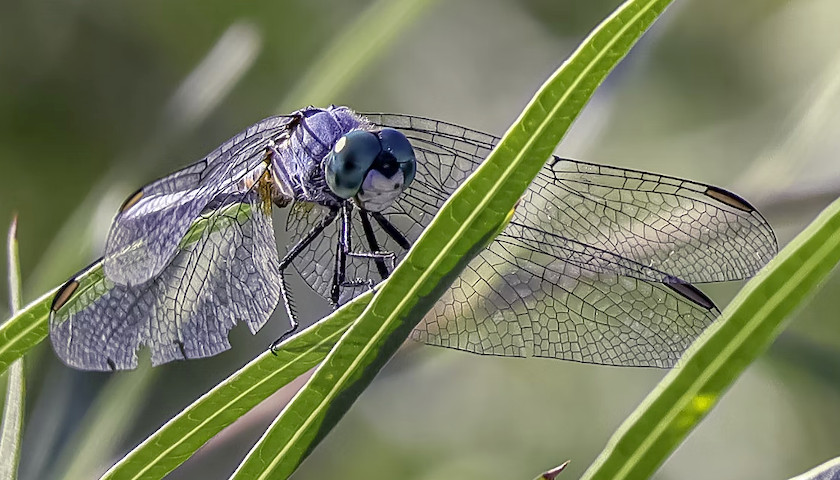by Ross Pomeroy
When a man in his mid-50s living in New Delhi, India first noticed some mild irritation in his right eye, he figured it would pass. But after it persisted for ten days, he thought back to an unlucky occurrence a month prior, when a hapless insect had collided with that very same eye. So he went to a doctor to get it checked.
Lo and behold, when ophthalmologists at Lady Hardinge Medical College zoomed in on his eye, they found an insect wing lodged in the cornea, the transparent front part of the eye that covers the iris and pupil, and primarily serves to refract light.
The ophthalmologists applied topical anesthesia and removed the protruding insect part soon thereafter using surgical forceps, sending the patient home with antibiotic eye drops to minimize any potential risk of infection.
The account was recently published in the journal BMJ Case Reports.
Getting an insect wing stuck in one’s eye is relatively rare, but still common enough to have its own name in the medical literature: “insect wing case”. Ophthalmologists frequently see all sorts of minuscule objects embedded in eyes, including windblown grit, glass fragments, metal shavings, vegetable matter, and yes, insect parts. They generally recommend removing insect parts and other biological matter quickly and treating with topical antibiotics, as these invasive objects can become populated with bacteria, potentially triggering an infection, which, in rare circumstances, can result in permanent vision damage.
Source: Agarwal R, Rana N, Beri S, et al. Insect wing case corneal foreign body: ASOCT-based findings. BMJ Case Reports CP 2022;15:e251578.
– – –
Ross Pomeroy is a writer for RealClearScience.





